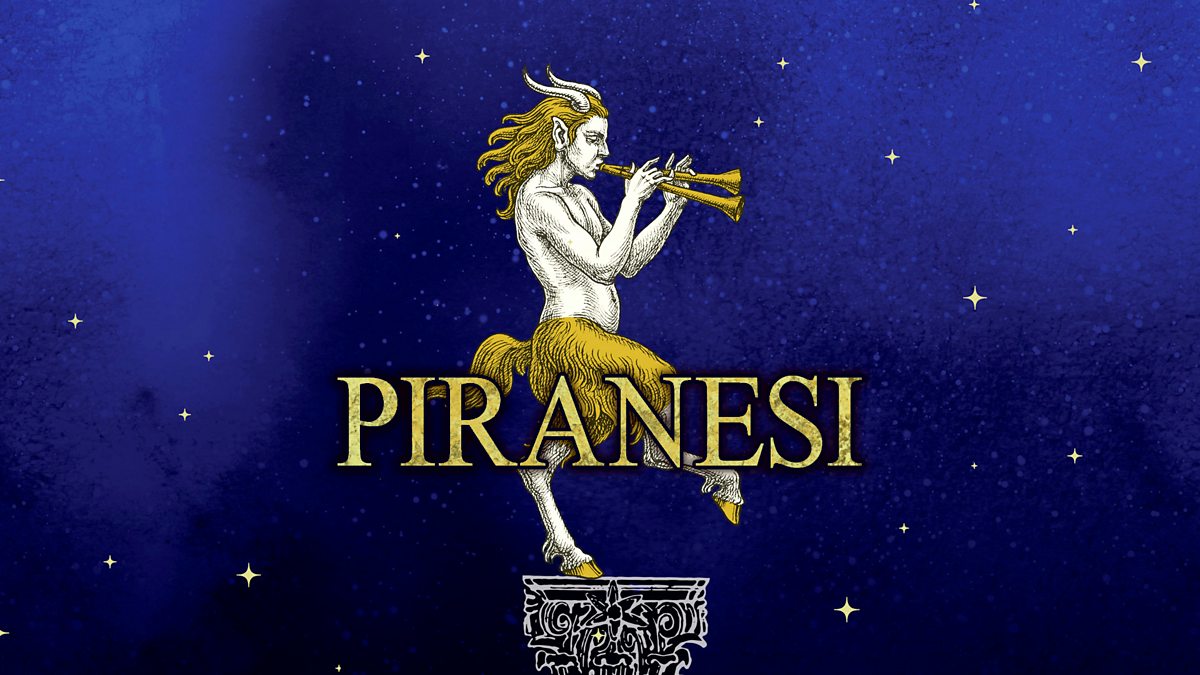

Piranesi holds the stage for the first thirty pages: reporting his activities in his journal, which are fishing, planning, remembering, visiting the Halls and the Statues, and then he goes to his twice-weekly appointment with The Other. It made me appreciate the novel even more the second time around (and I did begin it again straight away). How can Piranesi recognise a Narnian but not know who he is? Where is he? Where do his memories and vocabulary come from? And why is he named (by The Other) Piranesi? I held off from looking this name up until after I’d galloped through this novel, and I’m glad I did. He runs to one particular statue instinctively in moments of great grief, when all he wants to do is to curl up in the outstretched hand of a giant stone faun, whom he had once dreamed that he saw in a snowy wood talking to a little girl.Īt this arrival of a recognisable reference, Piranesi and his world become at once clearer and more strange to the reader. He loves, admires, and learns from these uncountable sculptures, and takes shelter in their hands or baskets, or tucked behind them, during high Tides. There are also the Statues, with whom Piranesi communes. Once, in an incident of escalating tension, Piranesi has to move their bones and mummified corpses from their usual locations to higher levels, higher up the walls of the Halls, on the occasion of a particularly ferocious Tide. He names the Dead People, makes guesses at their position and relationships, and takes care of them. He brings them offerings of water lilies and fish so they do not feel alone, but he is being companionable, not worshipful. In one mournful episode, he makes the long journey to the Drowned Halls, which the Seas have overcome, and sits on the flat back of a broken statue’s fallen body to fish in the silent dusk.Īlso in residence in the Halls are the thirteen Dead People, whose bones and bodies Piranesi tends. There are shellfish and fish, which he catches and eats, mainly dried or as soup. There are birds, of whom Piranesi is fond, and with whom he can communicate after a fashion. He lives entirely alone, and meets no-one else except for one elusive and unexplained visitor whom he calls The Other, since there is no other person in Piranesi’s world but he. For his life is unaccountably constrained. He is similarly delighted by natural wonders and any small thing that comes his way. The remarks he records in his journals give the strong impression of a happy, kind, thoughtful, caring, and altogether lovable person, appreciative of the vast works of sculpted art that he lives among. He emerges safe, but soaked.įrom this beginning, we appreciate Piranesi as an agile, resourceful, eager, and intelligent person. The novel opens with one such terrifying conjunction, during which Piranesi climbs up the three Tiers of Statues to shelter behind the legs of The Woman Carrying a Beehive. Their Tides can be calculated, which Piranesi has done to work out when the waters will rush into the Halls from different directions at the same time and Meet in a Flood of gigantic proportions.


(The profusion of capital Letters in this Account is due to the Influence of the novel’s narrator, a charming Child of the Halls called Piranesi, who writes like this in his journals, entries from which we are reading.) The Halls are placed in a cold, wet sea, containing fish and seaweed, and nourishing quantities of Birds (oh stop it …) whose Waters wash up and down the floors, sometimes to an alarmingly violent extent. The Halls are connected by doorways, many have staircases, and there are at least three Levels of Halls. It is set in a world consisting entirely of vast and numerous stone Halls, lined with tiers of marble statues, some gigantic, others human-sized. Susanna Clarke’s new novel, Piranesi, is an absorbing, beautiful, and beguiling novel, with the power of telling a story so involving to the emotions and intellect that you may wish to plunge right back once you reach the end.


 0 kommentar(er)
0 kommentar(er)
